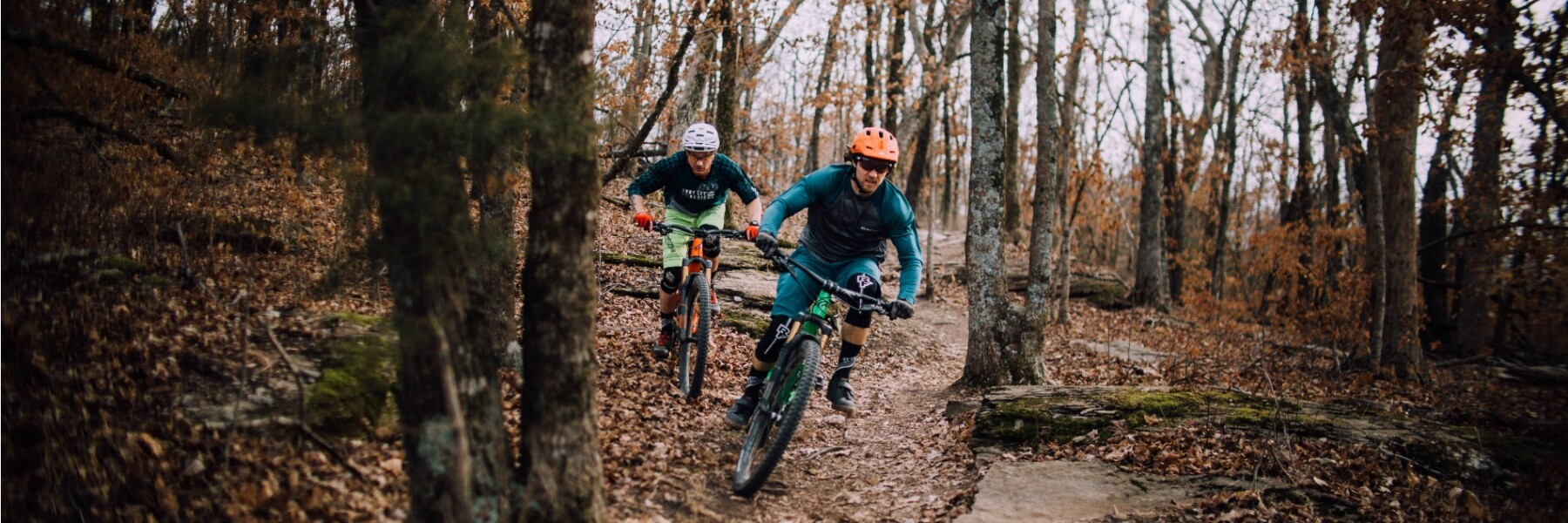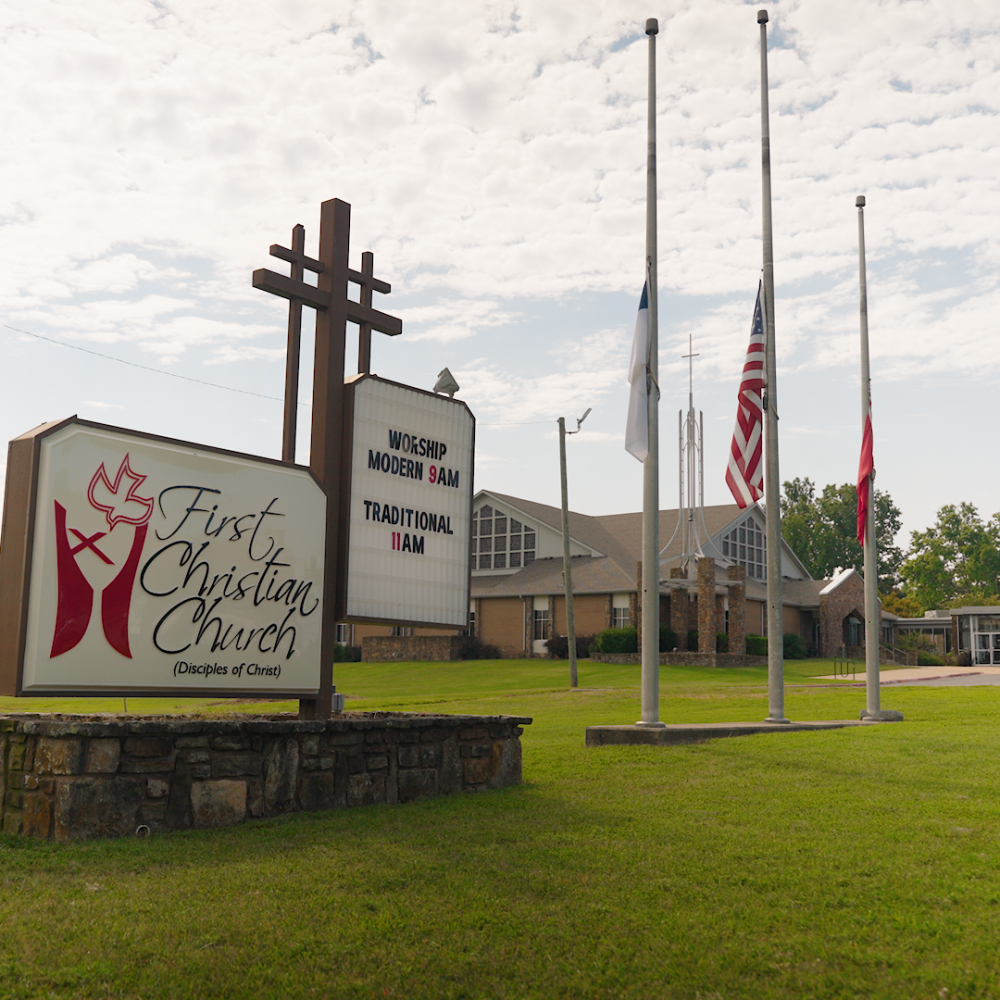Over the past several months, Kessler Mountain Regional Park has evolved into a hotbed of activity for those in and around Fayetteville, Arkansas. On any given Saturday, 1,500 soccer kids and their families converge on the developing 200-acre outdoor sports complex at the base of picturesque Kessler Mountain. But it’s what’s happening on the 376 acres of the mountain above that serves as an example for communities across the country of what’s possible when organizations work together to preserve natural beauty.
The opportunity for a community to preserve nearly 400 acres of urban forest for generations to come, all within its city limits – particularly on a slice of mountain as visually stunning and significant as Kessler – doesn't happen often. Blessed with an abundance of native flora and fauna, stands of native old-growth trees, rock outcroppings and changes in topography and ecosystem, Kessler Mountain represented a chance to show active and passive recreation can co-exist.
“Fayetteville has a reputation of being a forward-thinking community when it comes to preservation,” said John Coleman, a longtime resident and former president of the Fayetteville Natural Heritage Commission. “With Kessler, this is something I truly believe we’re going to look back in 50 years and applaud the foresight our leaders had.”
After countless months of research, tracking and gathering public input, organizations like the Walton Family Foundation, Fayetteville Natural Heritage Association, Northwest Arkansas Land Trust and others provided the financial support necessary to help the city turn Kessler Mountain over to the public domain and place it in a conservation easement. This immediately provided the community access to the 9.8 miles of upper-level, singletrack mountain bike trails that already existed. But the city continues to collaborate with hiking, mountain biking and environmental organizations to strike a responsible balance between the additional 7.6 miles of planned, introductory-level trails and preservation and restoration efforts.
“I’ve been riding my mountain bike on those trails since 1992, and it's honestly some of the most beautiful riding you're going to find,” said Steve McBee, a local mountain biking and running enthusiast. “I spend a lot of time riding, from Arkansas to Colorado, but Kessler is home. It's so unique to have something like this five minutes from your front door. One of my favorite things to do is ride the west side of Kessler in the fall. The beauty is indescribable and now it’s accessible for everyone to enjoy.”
Adding Kessler to the public domain wasn’t easy. In fact, conversations began a decade ago. But, as the years went by, philanthropic, environmental and outdoor recreation organizations, as well as the public, came together. As a result, Fayetteville has an incredible slice of the Ozarks for everyone from outdoors enthusiasts and athletes, to families looking for a unique picnic spot or jaw-dropping view. And, while the trails stretch from one side of the mountain to the other, the features that make Kessler unique – the rare Ozark Zigzag Salamander, Church’s wild rye grass, Missouri Ground-cherry, 200-year-old post oak, and more – will be protected for generations to come.
It really is amazing to stand atop Kessler Mountain, taking in the views in every direction. To listen to the songbirds, and watch the bikers, hikers and runners pass through. To know classes from local public schools, and even the University of Arkansas, can now access an ecological laboratory like this. The possibilities really are endless.




